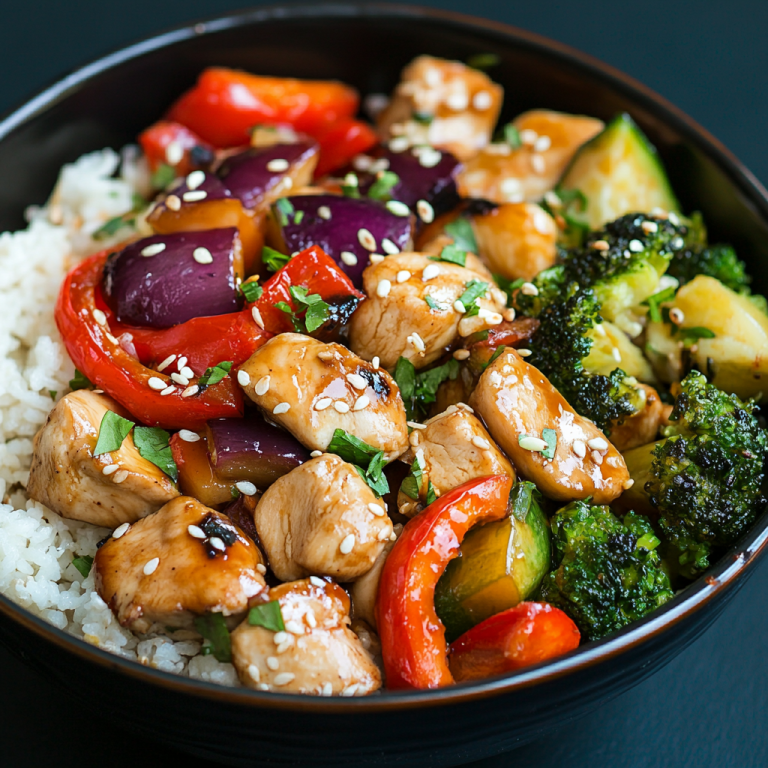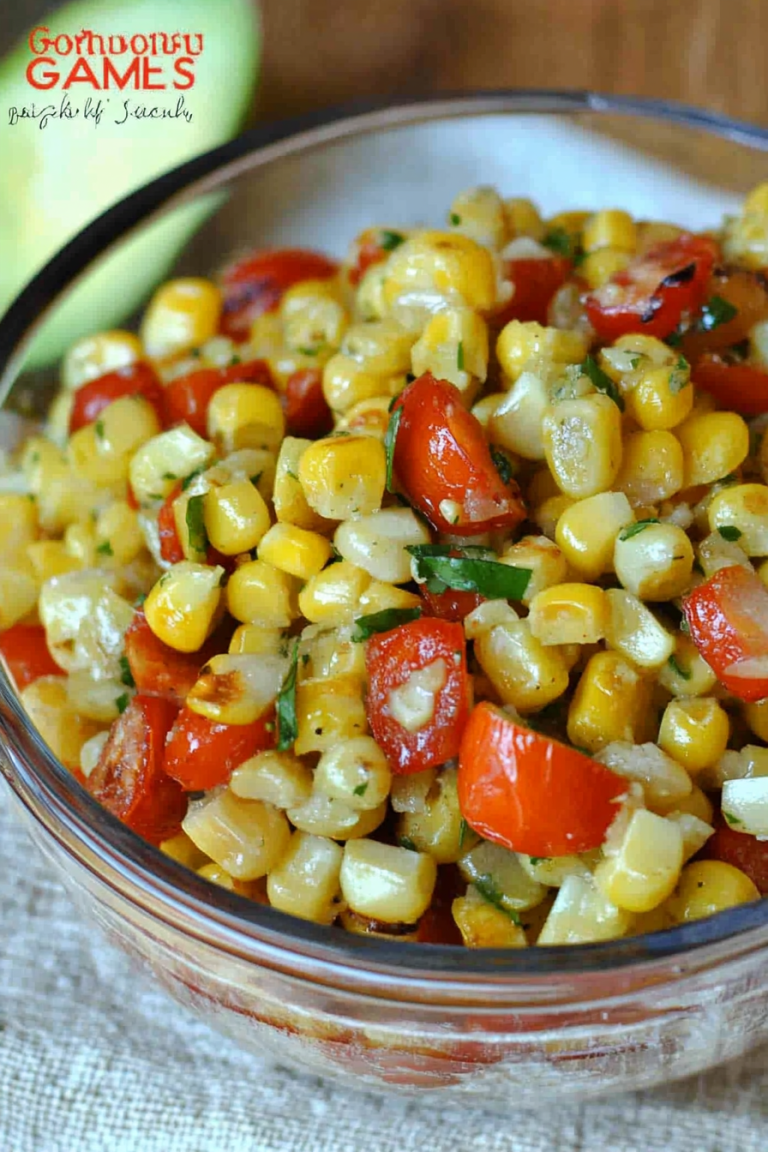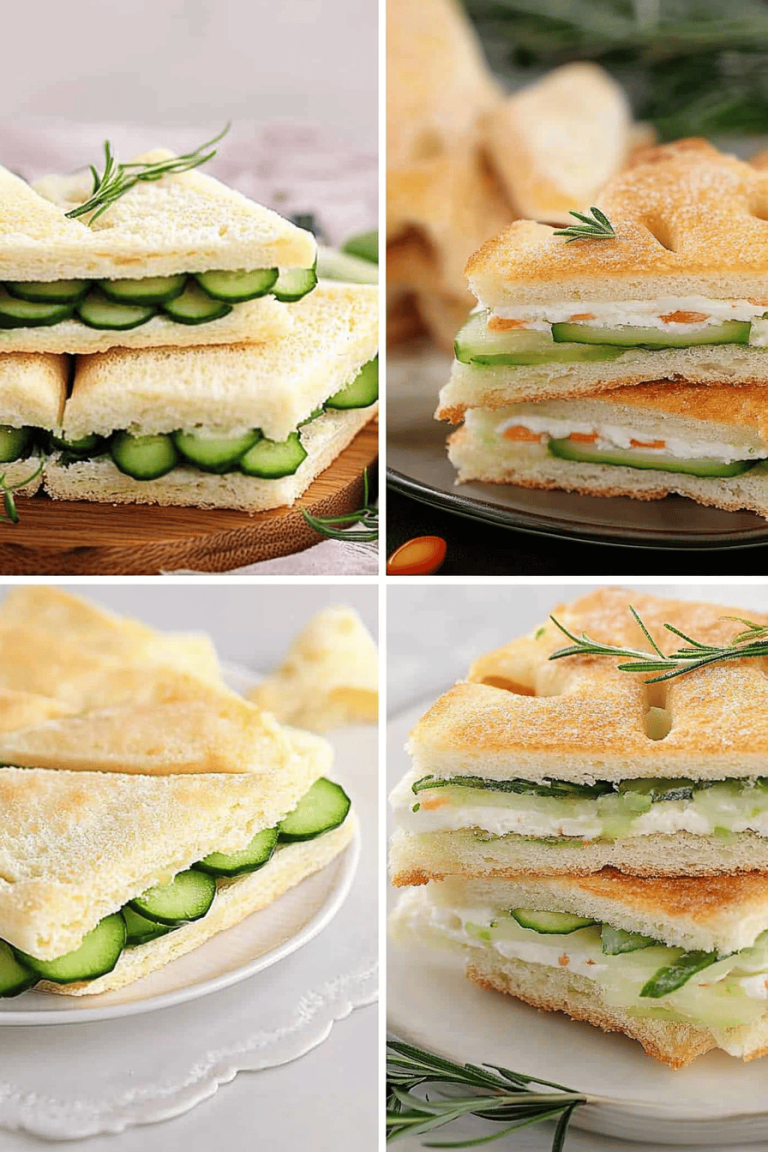Baking Pan Substitutions
If you’ve ever found yourself in the middle of a baking project only to realize that you’re missing the right pan, you’re not alone. The ability to find the right baking pan substitutions can save the day and your dessert! Understanding how to switch up pans without ruining your recipe is a crucial skill for any home baker.
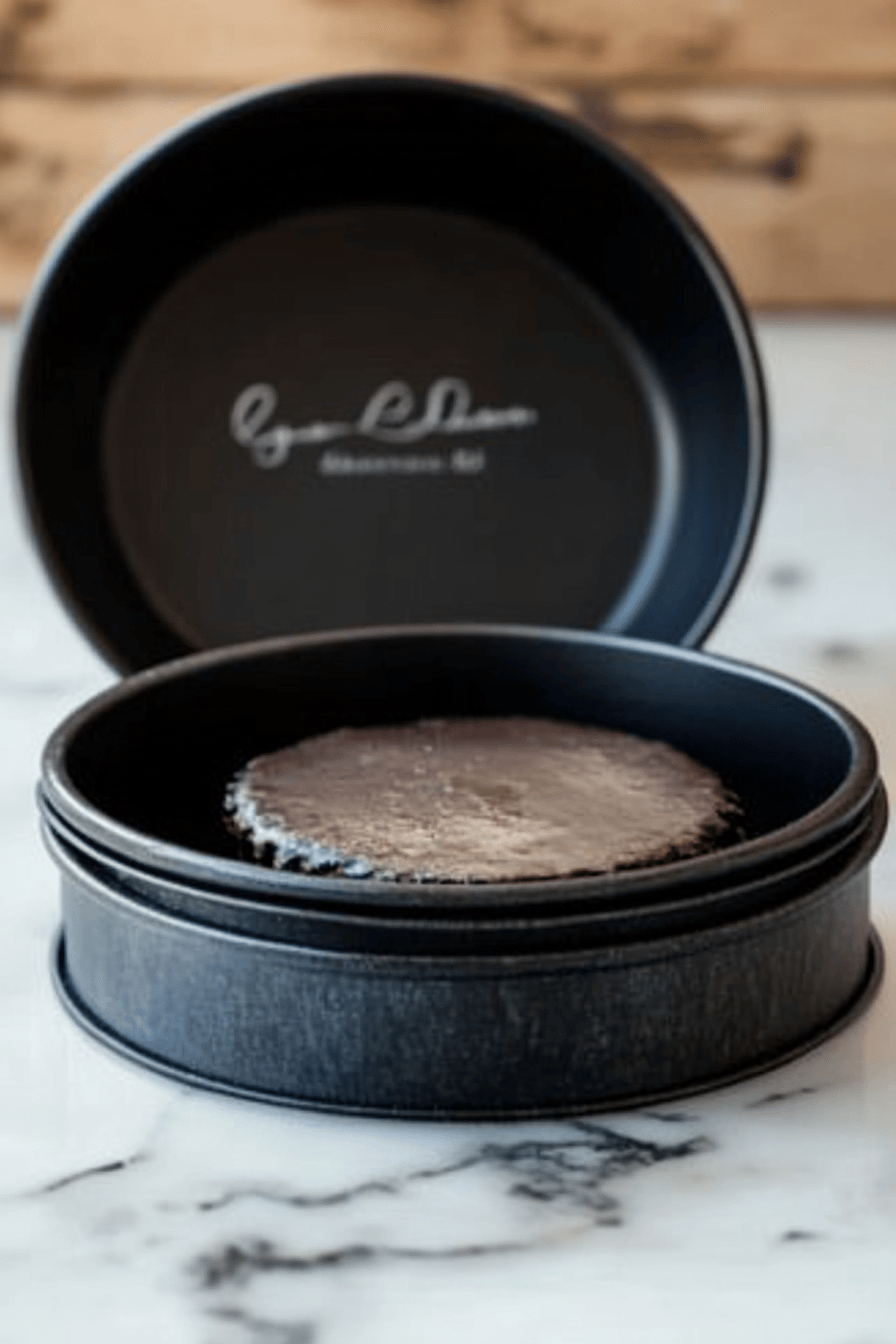
Growing up, my grandmother was the queen of improvisation in the kitchen. I remember one Sunday afternoon, we were prepping to bake a cake for a family gathering when we realized we didn’t have the right cake tin. Unfazed, she grabbed a shallow baking sheet and turned our would-be cake into delightful mini cupcakes. It’s these creative spins on traditional recipes that inspire my baking adventures today.
Why You’ll Love This Recipe
What sets these baking pan substitutions apart is their practicality and versatility. Whether you’re short on equipment or looking to mix things up, these alternatives ensure that your favorite recipes still come out perfectly. Plus, using unconventional pan choices can lead to new textures and flavors, making the baking process more exciting!
Ingredients Notes
Even though you might be changing the type of pan used, keeping your ingredients true to the recipe is key. However, occasionally you can play around with ingredient swaps. If you’re making a batter that traditionally rises, consider reducing the leavening agent slightly when shifting from a deeper pan to a shallower one to prevent overflow.
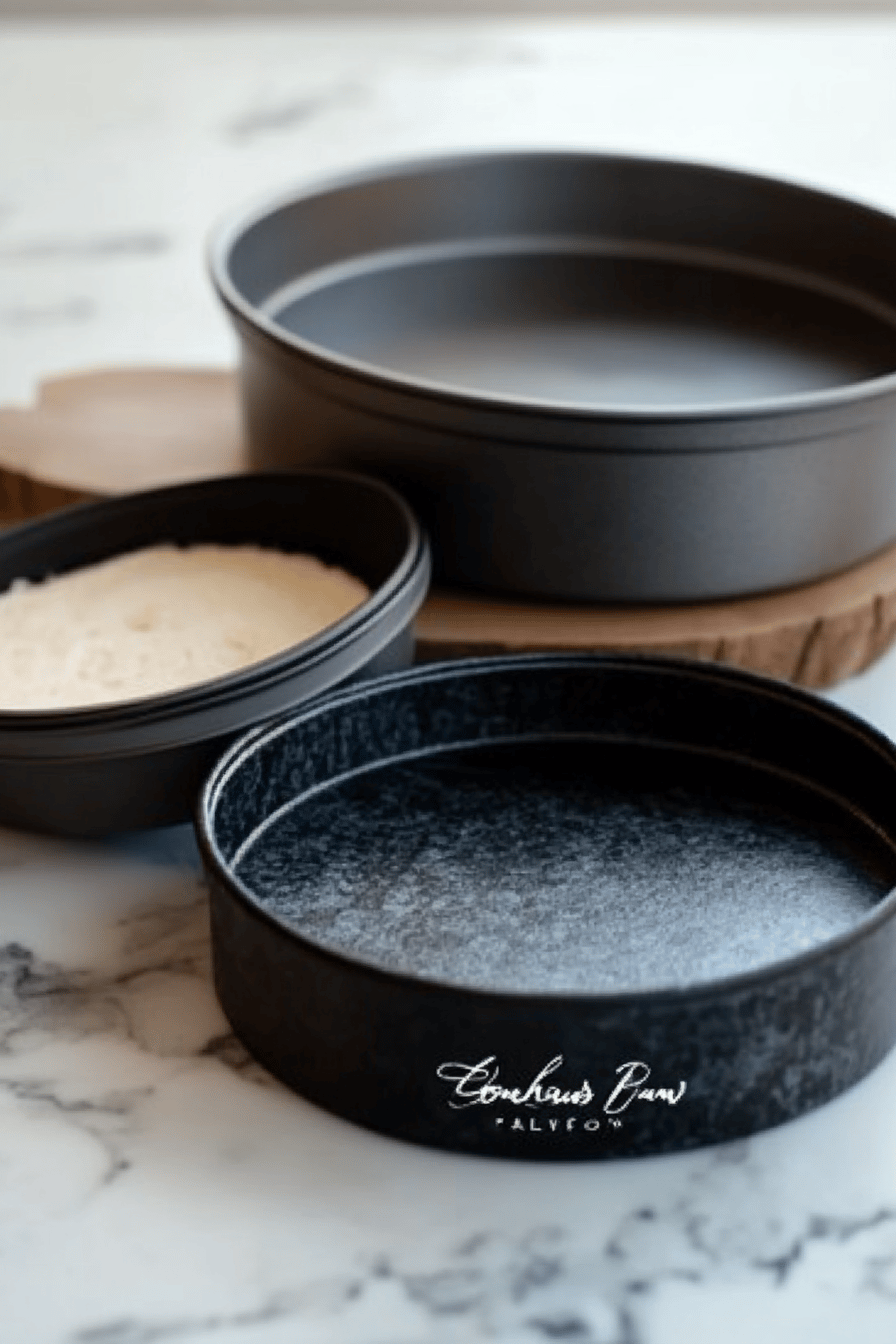
Recipe Steps
Step 1
Preheat your oven according to the original recipe. Ensure whichever pan you select is clean and greased, or lined with parchment paper if needed.
Step 2
Prepare your batter as usual. Take note of the original pan size and adjust the batter quantity if your substitute pan varies greatly in volume.
Step 3
Pour the batter into your chosen pan. If using multiple smaller pans, divide the mixture evenly among them.
Step 4
Adjust the baking time. Shallower pans typically require less baking time, while deeper or larger ones may need more. Begin checking for doneness at the prescribed time in the recipe, but be ready to extend it if necessary.
Step 5
Test for doneness using a toothpick. Insert it into the center of the baked goods; it should come out clean or with a few moist crumbs. Cool the baked goods on a wire rack before cutting or serving.
Storage Options
To store leftovers, place them in an airtight container to maintain freshness for up to five days at room temperature or up to a week in the fridge. For longer storage, these baked goods freeze well. Wrap individually in plastic wrap and place in a freezer-safe bag. To reheat, thaw at room temperature or warm in a preheated oven.
Variations & Substitutions
Try adding nuts, dried fruits, or spices to your batter for a flavor twist. For dietary adjustments, experiment with gluten-free flour blends or natural sweeteners. You might find a new family favorite using the baking pan substitutions you’ve discovered!
Serving Suggestions
These versatile baking results are perfect for casual family dinners, festive brunches, or afternoon tea. For an elegant touch, dust with powdered sugar or drizzle with a glaze before serving.
Frequently Asked Questions
Can I use a silicone pan as a substitute? Yes, silicone pans can be a great substitute due to their non-stick properties and ability to bake evenly. Just remember that silicone may result in a slightly different texture compared to metal pans, so monitor your baking closely.
How do I know if my substitute pan sizes are right? To find a compatible substitute, calculate the capacity by multiplying the pan’s dimensions. When filled with water, the volume should match that of the original pan indicated in the recipe.
Will using different baking pans affect the final taste? While the taste largely depends on the ingredients, altering the pan can affect texture and appearance. However, when done thoughtfully, these changes often lead to delicious new discoveries without compromising the core flavors.


Baking Pan Substitutions
Ingredients
Main Ingredients
- 1 tablespoon all-purpose flour for dusting the baking pan
- 2 tablespoon butter melted, for greasing
Instructions
Preparation Steps
- Grease the baking pan with melted butter using a pastry brush to ensure even coverage.
- Lightly dust the greased pan with all-purpose flour, shaking off any excess.



